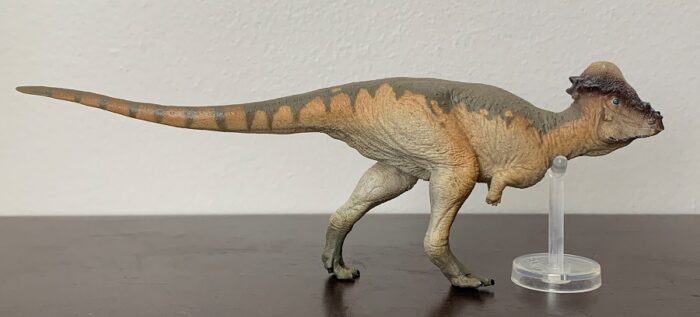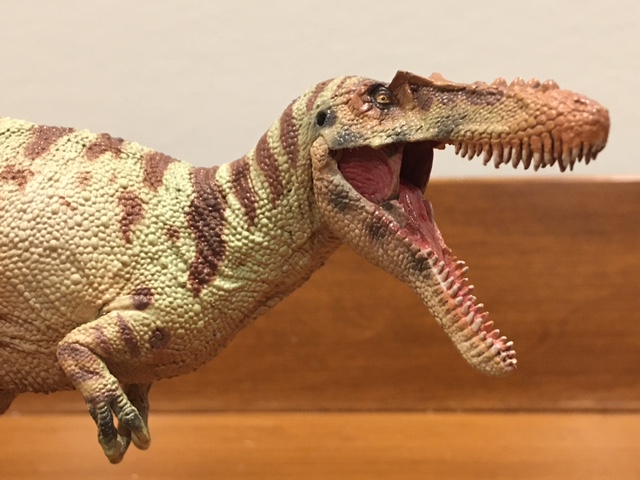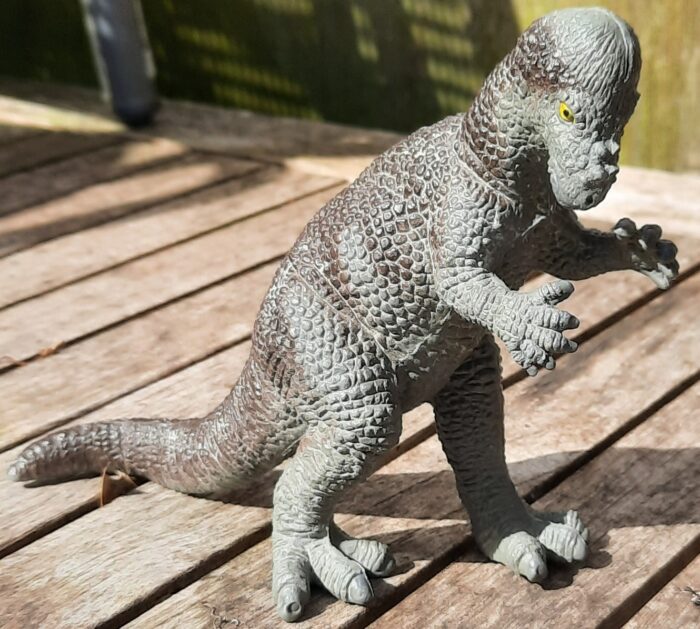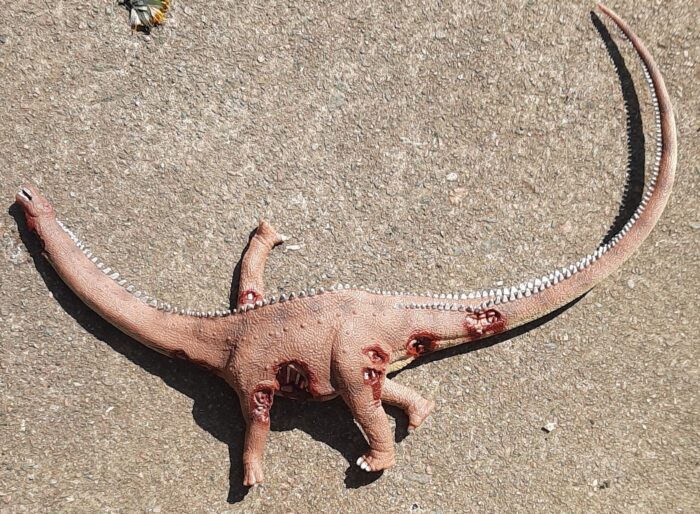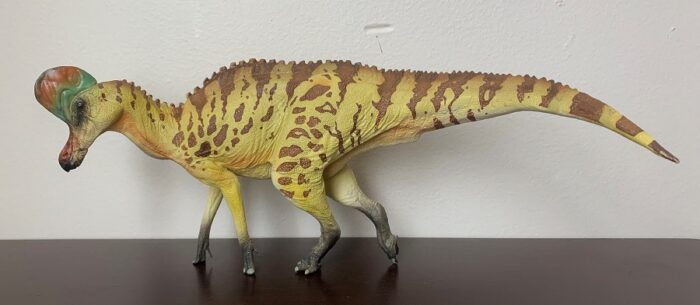It was almost exactly a year ago when I reviewed the Safari 2020 Pachycephalosaurus, a much-needed modern rendition of the most popular of the bone-headed dinosaurs. In that review I declared the Safari Pachycephalosaurus the definitive figure of that genus, but now I’m back again with another Pachycephalosaurus, this time by PNSO.
Type: Figurine
Review: Steropodon (Lost Kingdoms Series A by Yowie)
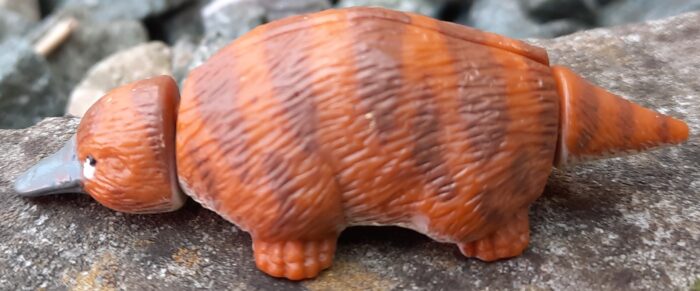
The Mesozoic saw the rise of the dinosaurs to dominance, as they were the largest and most successful animals around. But naturally, they weren’t the only creatures around, as this era saw the rise of birds and mammals. They were often small, especially during the Jurassic period, but they set the stage for their eventual take over once the dinosaurs bit the dust.
Review: Mamenchisaurus (CollectA)
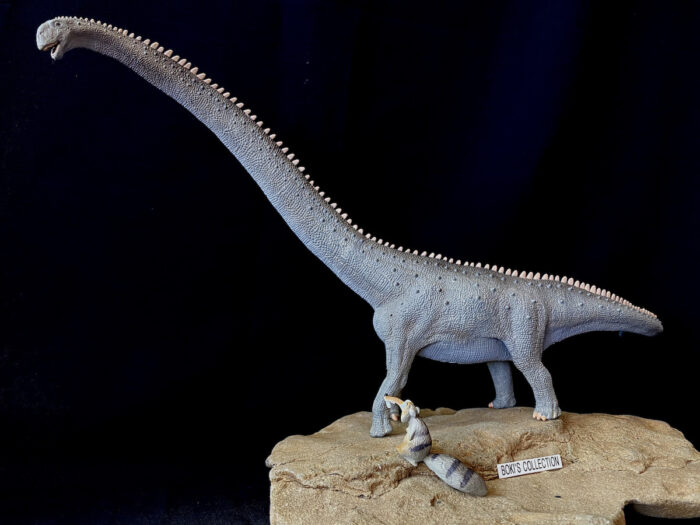
Famous for their long necks, even longer tails, and being one of the largest land animals ever to walk the earth, Sauropods are some of the most famous dinosaurs of all time. It is no surprise that some of these giants reached iconic status and are perennial favorites among toy figure companies.
Review: Qianzhousaurus (PNSO)
Review: Pachycephalosaurus (large) (UKRD)
Review: Hadrosaurus (Marx)
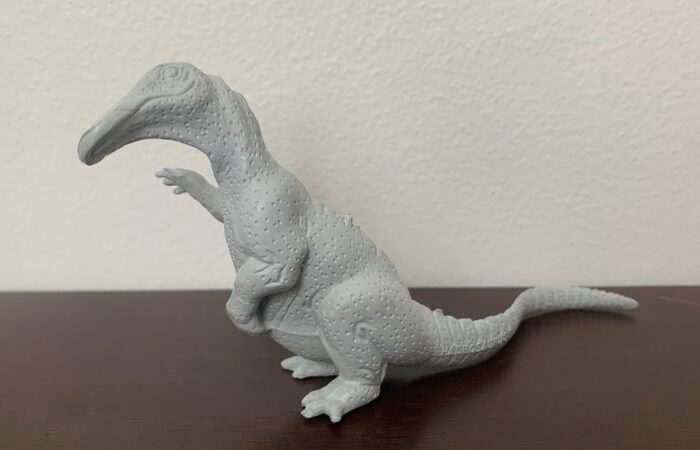
Although we are all familiar with the dinosaur family hadrosauridae it seems that the dinosaur that gave the family its name has been largely forgotten, despite being a historically important dinosaur. Hadrosaurus foulkii was first described by Joseph Leidy in 1858, from remains found in New Jersey’s Woodbury Formation.
Review: Rapator (Lost Kingdoms Series B by Yowie)

Australia has a wide array of species throughout the different periods and epochs. This has resulted in many different genus’ being constructed from the many pieces that had been found. Some have been erected from only a few pieces. Here, we see one such example, Rapator, a Mid-Cretaceous theropod known from a single metacarpal.
Review: Megalodon (Soft Model by Favorite Co. Ltd.)
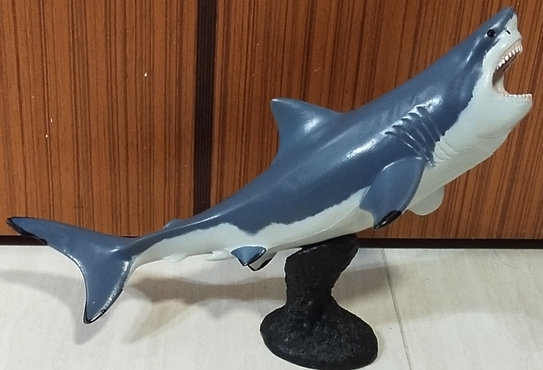
Review and photos by Zim, edited by Suspsy
Otodus megalodon is probably one of the most well-recognized prehistoric animals of all time due to our fascination of giant versions of animals, in this case, sharks. Though it is frequently depicted as an oversized great white shark due to the resemblance between their teeth, many experts now agree that this is due to convergent evolution rather than a close relation.
Review: Sinoceratops (A-Qi) (Prehistoric Animal Models by PNSO)

Growing up in the 90’s every dinosaur book I grew up reading liked to compare the Cretaceous dinosaur fauna of North America with that of Asia, highlighting just how similar they were. Both continents had representatives from the same major groups; dromaeosaurs, ornithomimosaurs, ankylosaurs etc.
Review: Atopodentatus (Prehistoric Animal Models by PNSO)
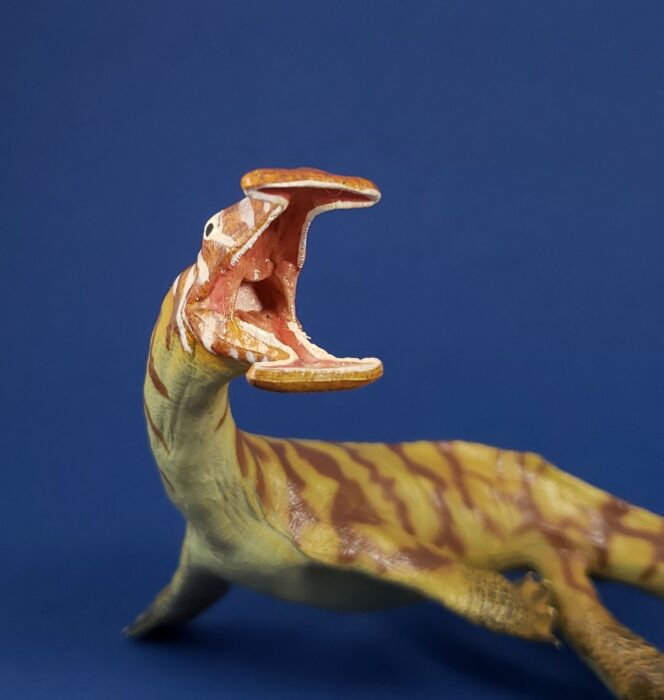
The Middle Triassic began a mere five million years after the end-Permian extinction. On land, forests had finally staggered back from the destruction. Insects, mammal relatives, and sauropsids started to diversify into new–or sometimes rediscovered–morphologies. In the oceans, ray-finned fishes and coelacanths thrived, and some sauropsids returned to the sea.

